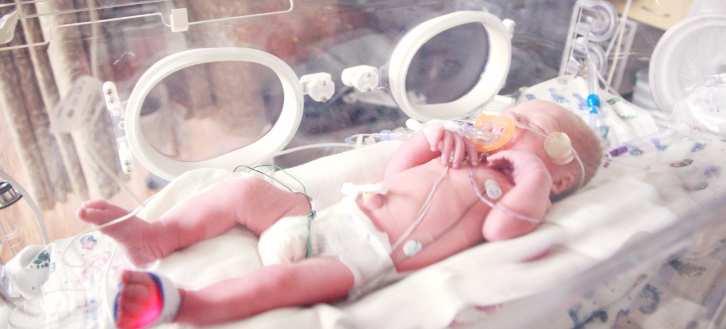MONDAY, Dec. 9, 2024 (HealthDay News) — A fully automated algorithm to quantify aortic artery calcification (AAC) on computed tomography (CT) scans performed for other clinical purposes (opportunistic CT) can predict the risk for subsequent major adverse cardiovascular events (MACE), according to a study presented at the annual meeting of the Radiological Society of North America, held from Dec. 1 to 5 in Chicago.
Miriam A. Bredella, M.D., from NYU Langone Health in New York City, and colleagues examined the clinical utility of fully automated AAC quantification for the development of MACE. A fully automated artificial intelligence (AI) algorithm to quantify AAC using the Agatston score was retrospectively applied to 3,662 patients with evaluable abdominal CT and cardiac CT.
The researchers observed a positive correlation between the presence of coronary artery calcium and AAC (r = 0.56). In 324 patients (9 percent), MACE occurred after CT. In the AAC-absent and AAC-present groups, the incidence of MACE was 0.85 and 2.85 per 1,000 person-months, respectively. The presence of AAC was associated with a significant risk for MACE after adjustment for age, sex, race/ethnicity, body mass index, diabetes mellitus, hypertension, and statin use (adjusted hazard ratio, 2.24).
“Instead of relying on dedicated CT scans of coronary arteries, which are rare and not always covered by insurance, to find potentially fatal heart disease, we seek to use AI to help screen abdominal CT scans that are done for many reasons to opportunistically catch heart disease more often and earlier,” Bredella said in a statement.
Copyright © 2024 HealthDay. All rights reserved.

















Create Post
Twitter/X Preview
Logout